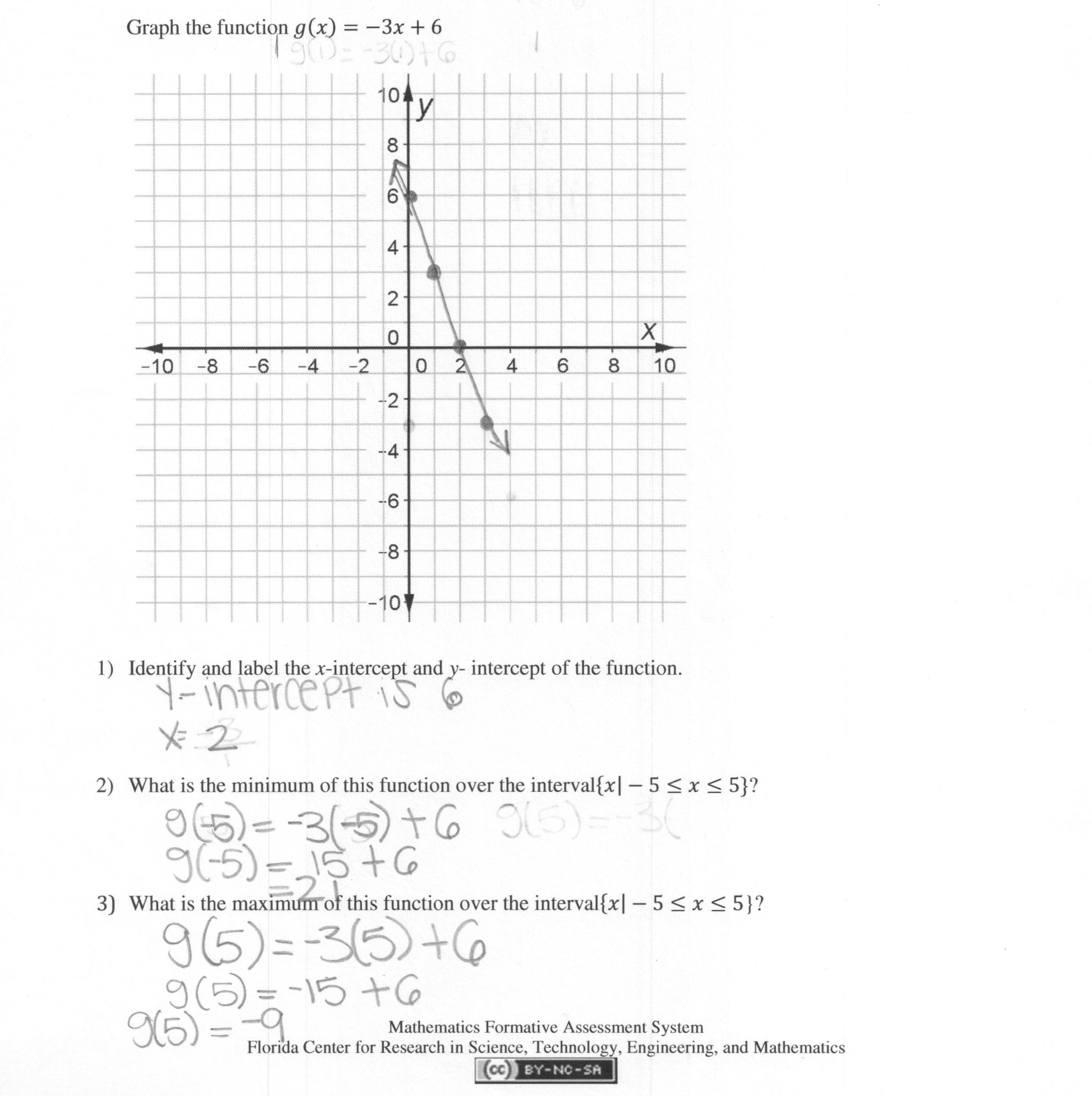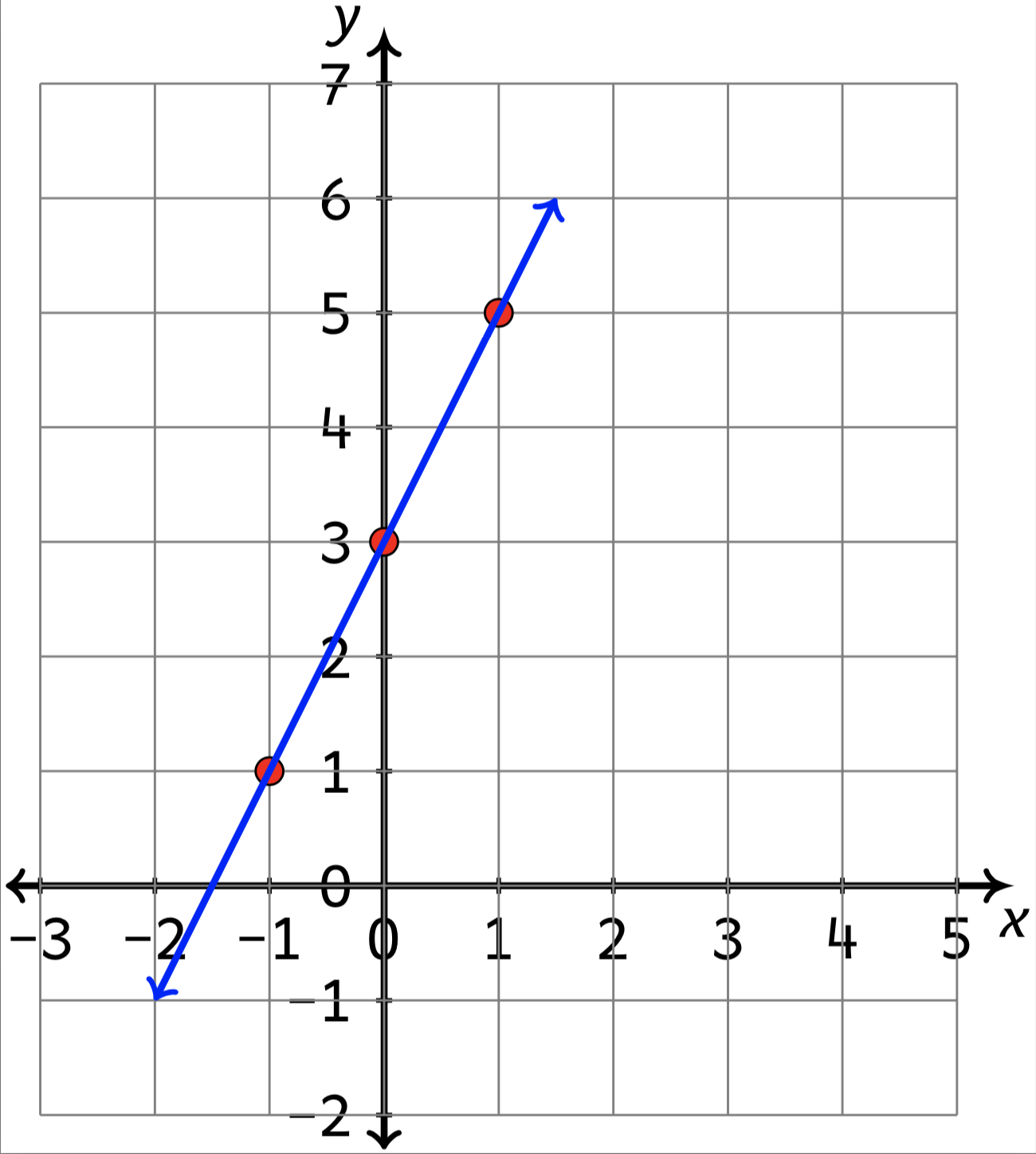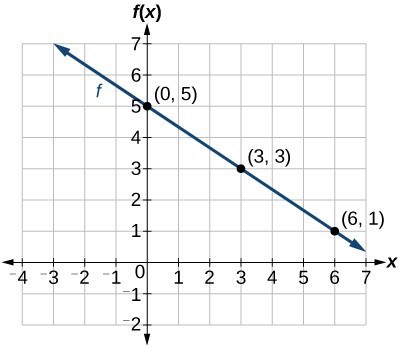
Graphs of lines can also be changed so they have the same y intercept, but different slopes. The line y = x is parallel to the other two, as the slope x is still the same, but the y intercept is at the origin.

It is as if the entire line with the equation y = x + 3 slid down to fit in the position y = x – 2. The slope of the line x is the same for both lines, but one crosses the y axis at 3, while the other crosses the y axis at -2. Suppose one line has the equation y = x + 3 and another line has the equation y = x – 2. Since the slopes of the lines are still the same, but they cross the y axis at different points, they are parallel. One line can be translated to another line if the y-intercept is changed. The most basic function in the family, f(x) =x, is called the parent function. They form a family because they all follow that basic shape and their lines express the same equation, y = mx + b, the slope-intercept form. The graphs of linear functions all have the same basic shape: a line. Those lines can be transformed by translation, rotation, or reflection, and still follow the slope-intercept form y = mx + b.

For example, to graph y = 3 4 x − 2, start at the y-intercept ( 0, − 2 ) and mark off the slope to find a second point.The graphs of linear functions can be transformed without changing the shape of the line by changing the location of the y intercept or the slope of the line. We can use this point and the slope as a means to quickly graph a line. This is the point where the graph intersects the y-axis and is called the y-intercept The point (or points) where a graph intersects the y-axis, expressed as an ordered pair (0, y). Where x = 0, we can see that y = − 2 and thus ( 0, − 2 ) is an ordered pair solution. For example,ģ x − 4 y = 8 ← S t a n d a r d F o r m − 4 y = − 3 x + 8 y = − 3 x + 8 − 4 y = − 3 x − 4 + 8 − 4 y = 3 4 x − 2 ← S l o p e - I n t e r c e p t F o r m , a x + b y = c, we can solve for y to obtain slope-intercept form Any nonvertical line can be written in the form y = m x + b, where m is the slope and (0, b) is the y-intercept., y = m x + b.

Given any linear equation in standard form Any nonvertical line can be written in the standard form a x + b y = c. Here we will choose five x values, determine the corresponding y-values, and then form a representative set of ordered pair solutions. It is a good practice to choose zero, some negative numbers, as well as some positive numbers. Choose at least two x-values and find the corresponding y-values. Usually we think of the y-value of an ordered pair ( x, y) as the dependent variable. and y is the dependent variable The variable whose value is determined by the value of the independent variable. Usually we think of the x-value of an ordered pair ( x, y) as the independent variable. Written in this form, we can see that y depends on x in other words, x is the independent variable The variable that determines the values of other variables.

4 y = − 8 x + 12 D i v i d e b o t h s i d e s b y 4. For example, to graph the linear equation 8 x + 4 y = 12 we would first solve for y.Ĩ x + 4 y = 12 S u b t r a c t 8 x o n b o t h s i d e s. Recall that the set of all solutions to a linear equation can be represented on a rectangular coordinate plane using a straight line through at least two points this line is called its graph.


 0 kommentar(er)
0 kommentar(er)
